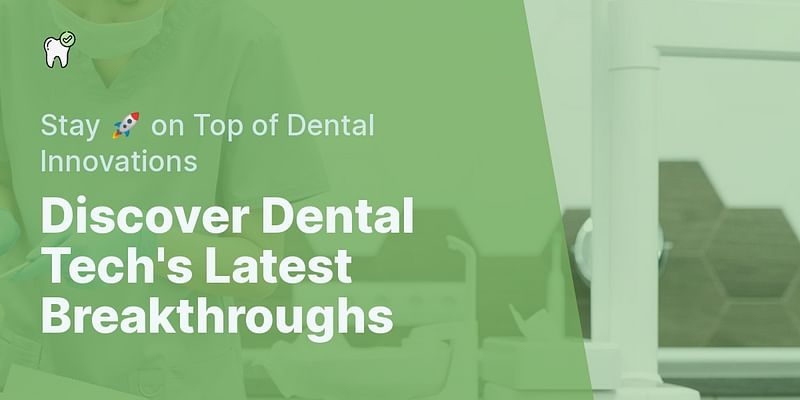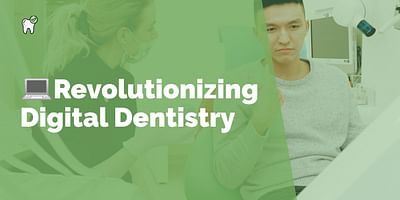Dr. Emily Nguyen is a pediatric dentist who loves working with children. She believes that a positive dental experience can set a child up for a lifetime of good oral health. In her free time, she enjoys baking and playing board games with her family.
As a dentist, I'm always excited to see the latest trends and advancements in dental technology. These innovations not only improve the quality of care we can provide to our patients, but they also make our work more efficient and comfortable. Let's take a look at some of the exciting developments in dental technology that are shaping the future of dentistry.
1. Digital Dentistry: One of the most significant advancements in recent years is the widespread adoption of digital dentistry. This technology allows dentists to capture highly accurate digital impressions of a patient's teeth, eliminating the need for messy traditional impressions. It also enables us to design and fabricate restorations, such as crowns and bridges, using computer-aided design and manufacturing (CAD/CAM) systems. Digital dentistry has revolutionized the way we plan and execute treatment, resulting in faster turnaround times and improved patient outcomes.
2. 3D Printing: 3D printing has made its way into dentistry, and it's changing the game. With this technology, we can create highly precise dental models, surgical guides, and even custom-made dental appliances. 3D printing allows for greater customization and accuracy, reducing the margin for error and improving treatment outcomes. It also enables us to provide same-day restorations, saving patients time and multiple visits to the dental office.
3. Cone Beam Computed Tomography (CBCT): CBCT is a specialized type of X-ray imaging that provides detailed 3D images of a patient's oral structures. This technology allows us to visualize the teeth, jawbone, and surrounding tissues with exceptional clarity. CBCT is particularly useful for planning dental implant placement, diagnosing complex dental conditions, and evaluating the airway for sleep apnea treatment. It provides valuable information that traditional dental X-rays cannot capture, leading to more accurate diagnoses and treatment planning.
4. Laser Dentistry: Laser technology has become increasingly popular in dentistry due to its precision and minimally invasive nature. Lasers can be used for a variety of dental procedures, including gum disease treatment, cavity detection, and soft tissue surgeries. Laser dentistry offers several benefits, such as reduced bleeding, faster healing times, and less post-operative discomfort for patients.
5. Teledentistry: The COVID-19 pandemic has accelerated the adoption of teledentistry, which allows dentists to provide remote consultations and monitor patients' oral health from a distance. Through video conferencing and digital imaging, dentists can assess dental concerns, provide advice, and even prescribe medications when appropriate. Teledentistry has proven to be a convenient and efficient way to deliver dental care, especially for patients in remote areas or those with limited mobility.
These are just a few examples of the latest trends and advancements in dental technology. As technology continues to evolve, we can expect even more exciting developments in the future. Dentistry is becoming more precise, efficient, and patient-centered, ultimately improving the overall dental experience for everyone involved.















